We need strong state leadership on churn in order to boost CalFresh participation rates for all counties.
We have all experienced the chore of renewing annual memberships or subscriptions. Sometimes it’s easy: you get a reminder email, you log in and update your account, and you receive confirmation that everything is settled.
But sometimes it’s not: an inconspicuous notice gets buried in the mail, or the turnaround is tight and you have to hunt for the necessary documents. Sometimes the notice is incomprehensible, and you don’t realize that you’re about to lose services. Maybe you tried to call, but customer service is only open when you’re at work, or the length of the call queue is interminable. Before you know it, the deadline has passed, and you’ve lapsed.
Unfortunately for CalFresh recipients, the program’s twice-yearly reporting and annual recertification requirements are a recipe for churn, causing them to miss out on important food benefits. At every step of the way, outdated and user-unfriendly processes make it harder than it should be to stay enrolled.
To recertify every year, a CalFresh recipient must (1) complete and mail a paper form to the county office; (2) re-submit documents verifying household income and expenses and any changed circumstances; and (3) complete an interview with a county worker.
A typical experience goes more like this: [1]
- One paper notice is sent by postal mail, alerting the client that their recertification is due. (Email is not an option, even though everyone – even security-minded banks and health care providers – uses email because it’s more reliable and efficient.)
- The notice is written in bureaucratic language that is at best confusing and at worst, nonsensical. Sometimes the notice is sent in the wrong language.
- In this notice, the county assigns a mandatory interview date and time without any input from the client. Unsurprisingly, the time often does not work with participants’ schedules; most CalFresh recipients work, and the office is not open outside regular business hours. (Imagine your next doctor’s appointment being assigned to you by the doctor’s office, without consideration of your schedule.)
- Sometimes the interview date has already passed by the time a notice is received.
- If any of this is unclear or the assigned interview time requires a change, participants may have to start a long game of phone tag, during which time their benefits expire.
- Further, if a client’s address changed in the last year, or if mail delivery is unreliable, participants may not receive any notices in the mail at all – in which case, they discover they have lost benefits while trying to buy food.
Churn is a problem across California, despite widespread recognition that it is destabilizing for participants. While some counties are making efforts to tinker with their processes within existing Federal and State requirements, true change will come from efforts to dramatically streamline and modernize those requirements. Without state leadership to identify and require effective consumer-centered policies and protocols, churn will continue to be a drag on California’s CalFresh participation rate.
When critical food benefits are at stake, a smooth renewal process can make all the difference. In our next blog post, we will explore how better churn data collection at the county level could help to uncover ideas for successful solutions, and how the State can help counties to adopt practices and procedures that are known to work. Stay tuned!
In case you missed them, here are the first two posts in this blog series about CalFresh churn:
Post #1: CalFresh ‘Churn’ Means More Missing Meals in SF and Marin
Post #2: The Steep Cost of CalFresh ‘Churn’
[1] Deep research in Contra Costa County found that all of these problems and more combine to create churn. ‘Using Data to Address and Diagnose Churn’ (August, 2016) PowerPoint presentation given to the CalFresh Learning Collaborative: http://calfreshlearningcollaborative.org/wp-content/uploads/2016/10/webinar-8252016.pdf


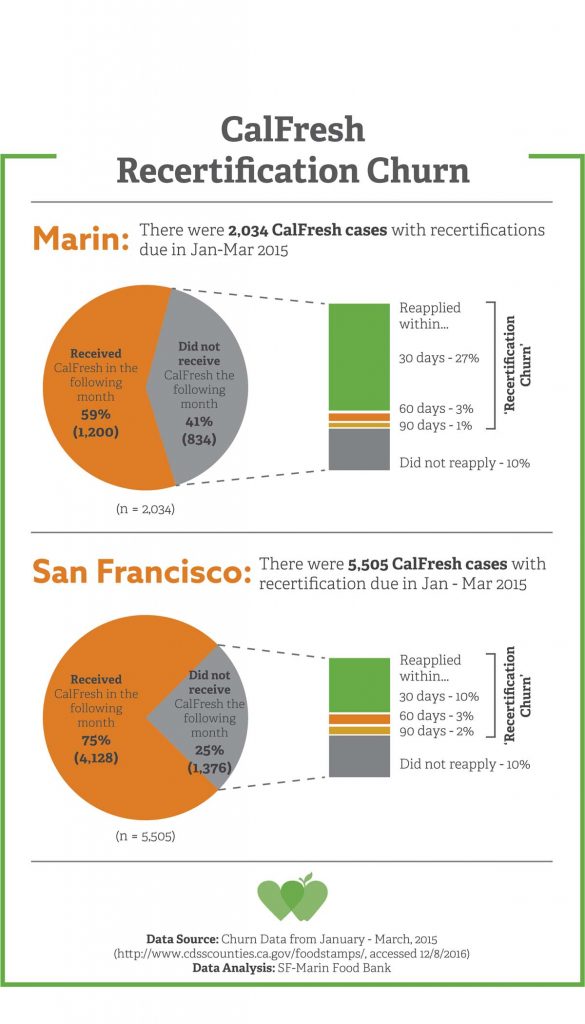
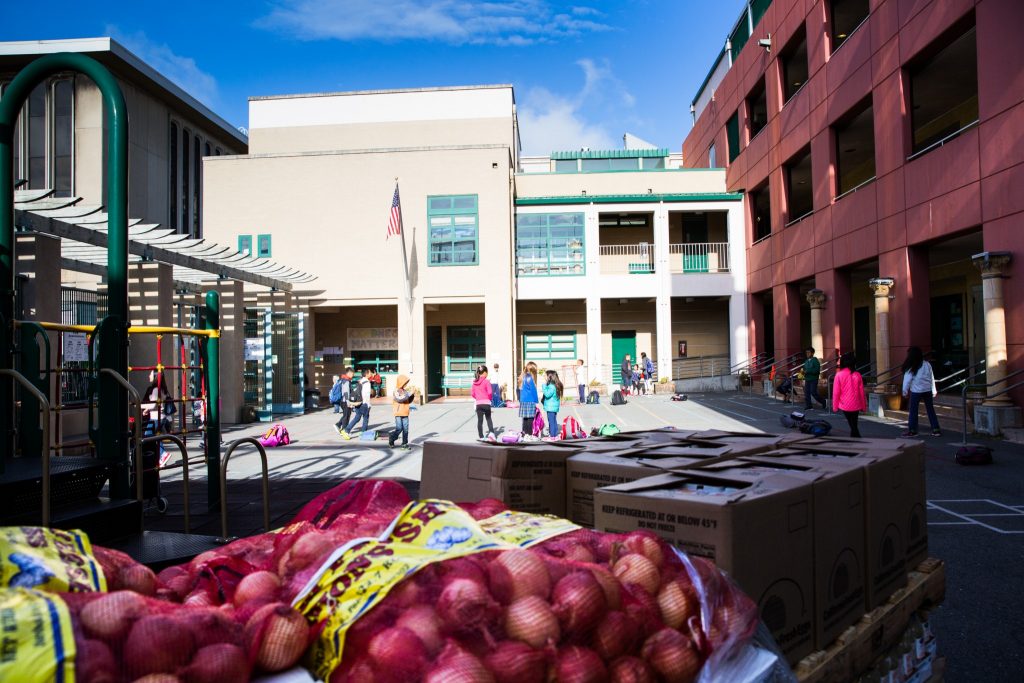
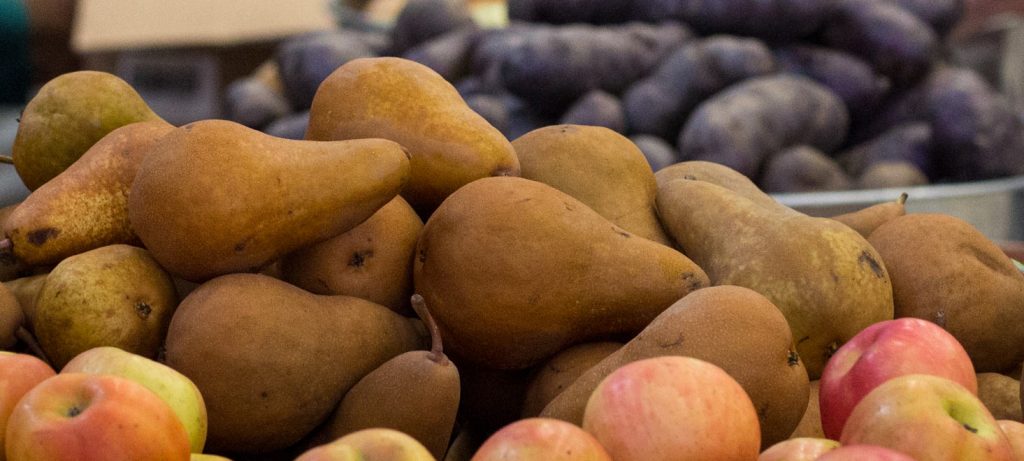
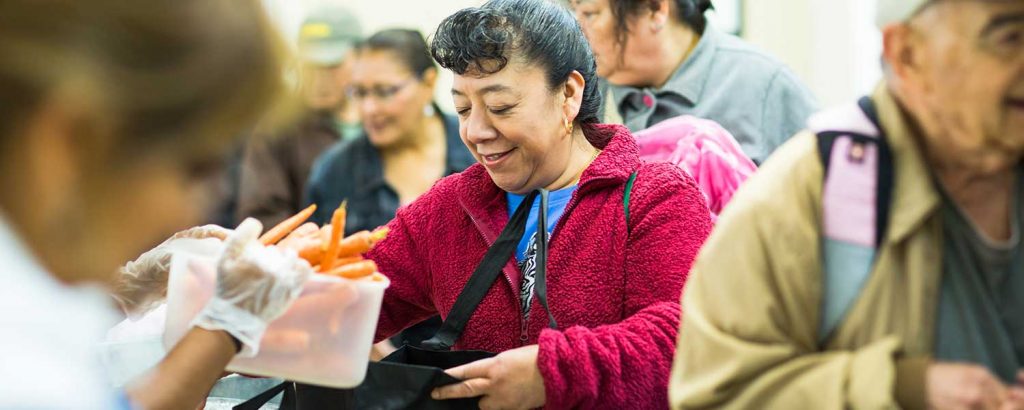
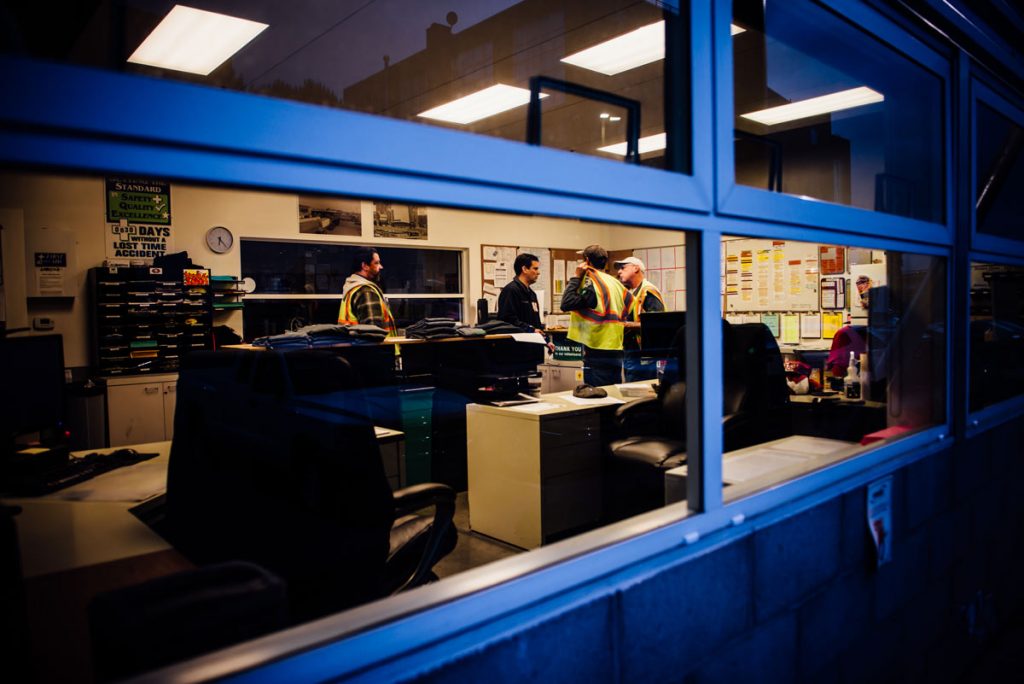
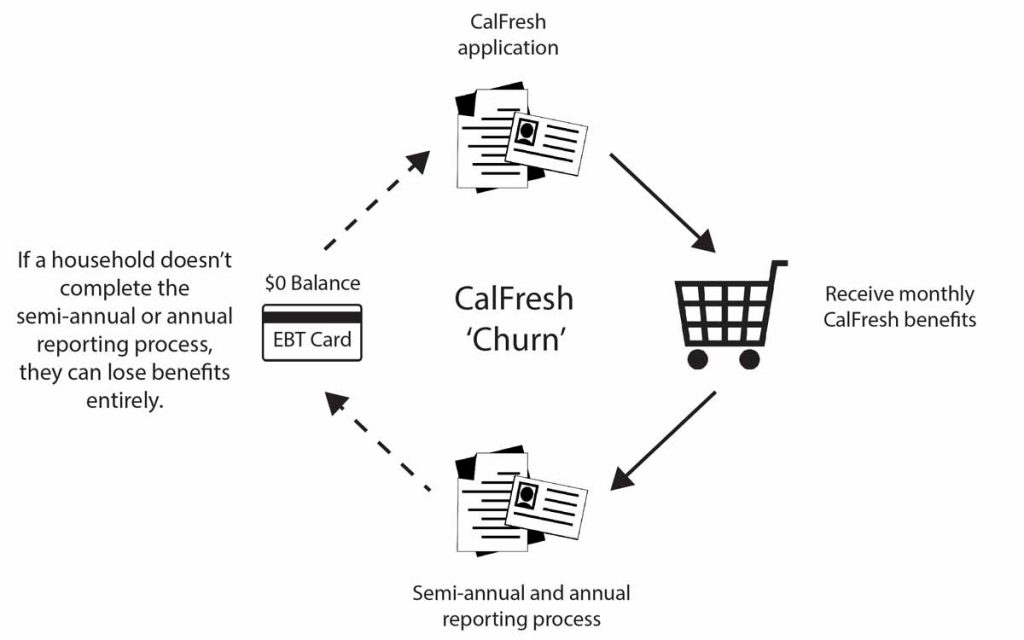
Share